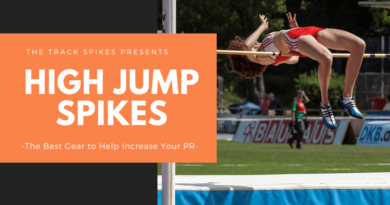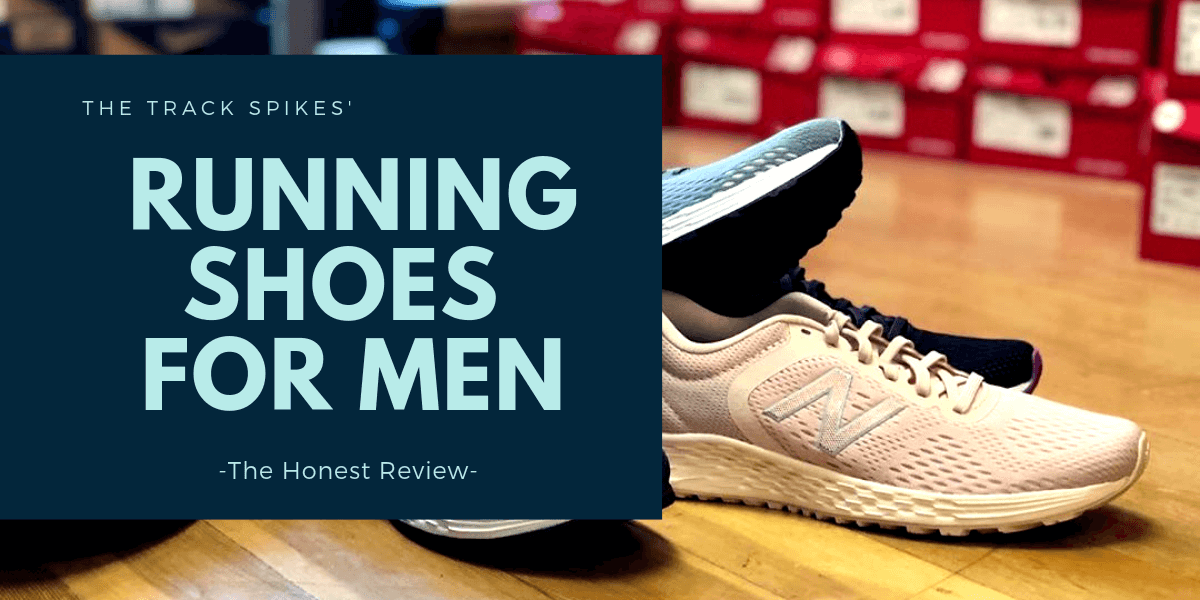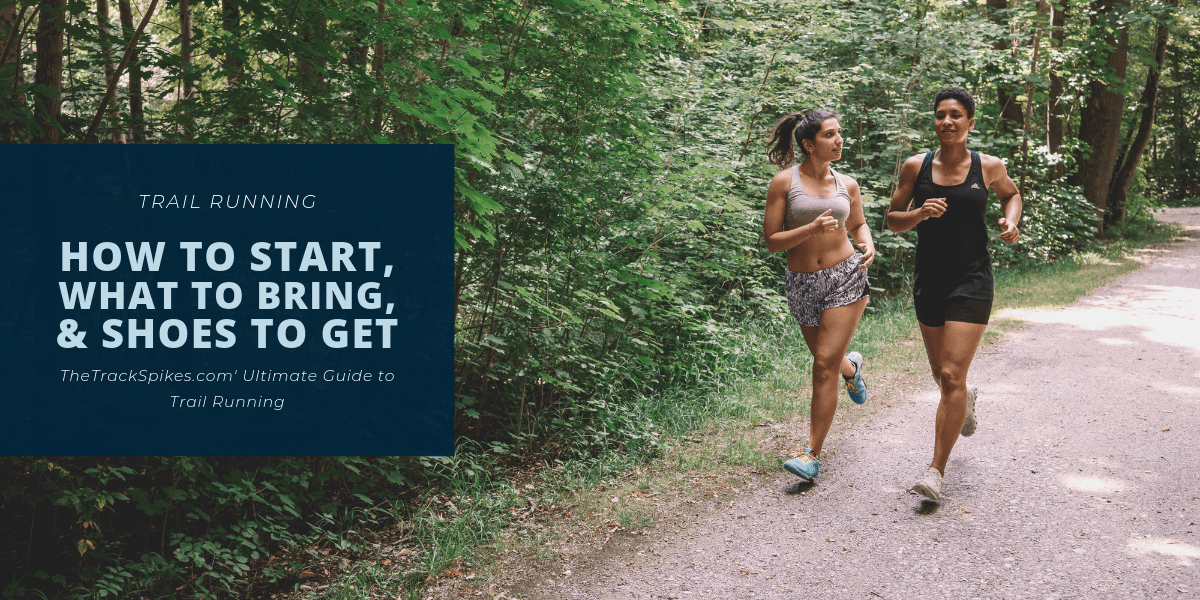Why Are Running Shoes So Important?
Introduction
It doesn’t matter if you’ve been running for ten days or ten years. You need running shoes. Don’t worry, we’ve all been there before. Choosing which new running shoes to purchase can be tough. There are so many to choose from. How do you choose the right one? Why is it even important in the first place? If you’re asking these questions, you’ve come to the right place.
(If you really want to be lead in the right direction, check out our “Best Running Shoes for Men” or Best Running Shoes for Women” post.)
Why Are Running Shoes Important?
Simply put, running shoes are important because of injury prevention. Instead of grabbing the cheapest running shoes off Payless, this is something you really need to research. First, you need to understand what you’re trying to do. Will you be running on streets or trails? Are you trying to run sprints or go the mile with new long distance shoes? In other words, keep your goals in tact before making your purchase.
Interestingly enough, this is a common mistake that people make. They’ll head over to the store, and just start trying on different shoes that look and feel good without even understanding the functionality.
Now, we all have experienced going on a run with someone who brings multi-purpose everyday shoes to go on a run. They really think that cheap $30 running shoes will “do the job” and the consequences show post-run.
Can people run in cheap running shoes? Well, sure. However, the pain from the discomfort, wear and tear to your shoe, and even blisters can have them wishing they never did it in the first place.
It’s important to remember while regular shoes can get you to Point A to Point B, running shoes can get you there consistently.
How Do Running Shoes Prevent Injuries?
Consistency is a huge part of running. Even if you take a day off, you can really begin to notice the differences. Even if you come back, you start to notice that you can’t go at nearly the same pace that you once could. Often times, coming back and trying to go the same speed can lead to injury. But the biggest benefit of having running shoes is injury prevention. When you are constantly running everyday, it can put a great deal of stress on your joints and body.

A study by BT Saragiotto suggests that runners believe that injuries span from three aspects: exceeding their body limits, overtraining, and using the wrong type of running shoes. Therefore, understanding your body and the functionality of your shoe is crucial to your success in obtaining your goal.
As you can tell, buying the wrong shoes and trying to save money by buying cheaper running shoes can be a detriment to your goals. My coach used to tell me “With running shoes, you buy your research”. And, it’s true! The more you research, the more likely you are to obtain a running shoe that can help you prevent recurring or new injuries.
What Should I Look for in a Good Running Shoe?
Right off the bat, running shoes are not cheap. If you were expecting to spend $20 to $40 on new running shoes, you have either been lied to or misinformed. Running shoes with great technology and durability will cost anywhere between $70 to $120+.
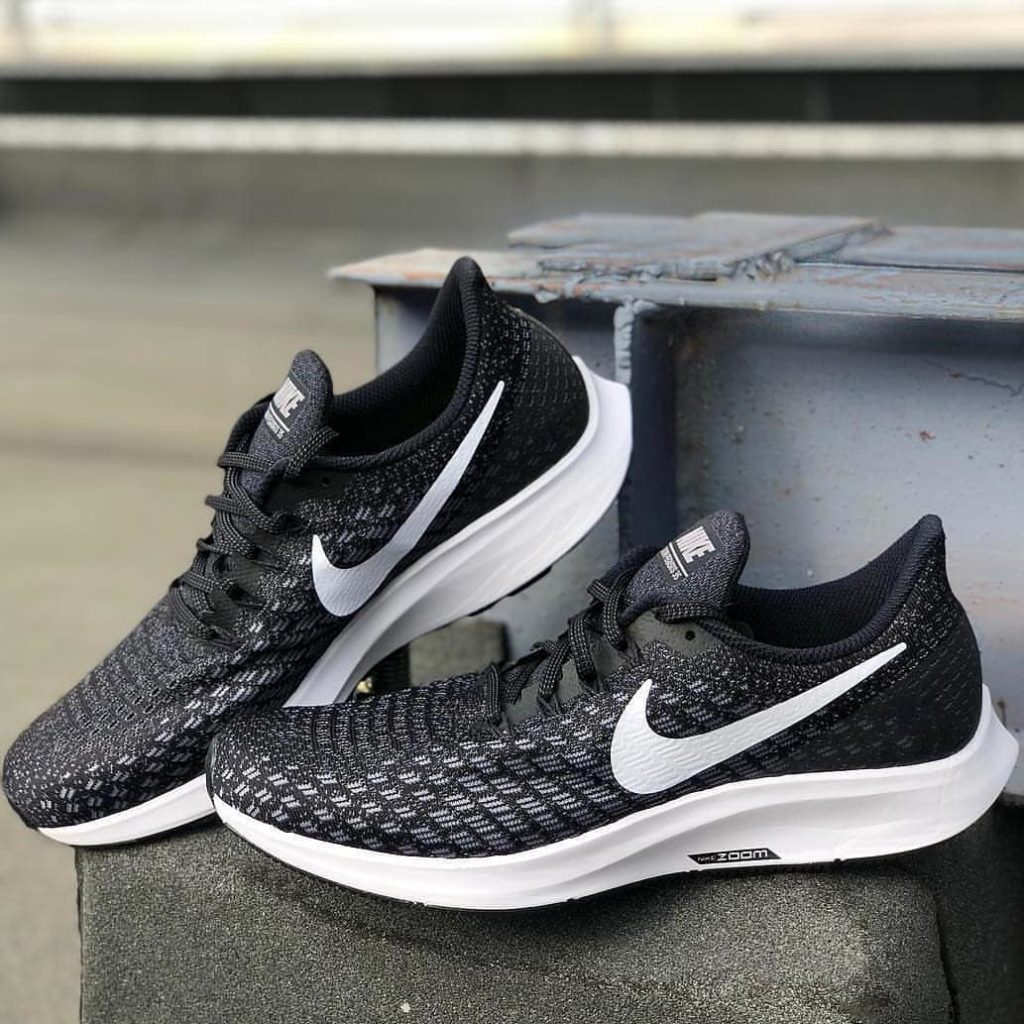
On the other hand, the right running shoes can provide serious comfort. They provide strong cushioning and durable protection from injury. A study published on the British Journal of Sports Medicine found that picking running shoes based on comfort “allows [you] to remain in the preferred movement path”.
Preferred movement path? What does that even mean? If you’re hearing this for the first time, don’t worry. We’ve always got you covered. A preferred movement path, also known as a shoe strike, is simply just knowing the way that you run.
Depending on your form, body type and even experience, you can have a specific shoe strike. A shoe strike is simply just the way you body absorbs the energy from your weight adjusting on each foot.
So, How Do I Find Out My Proper Shoe Strike?
You can do it right now! Just grab a pair of worn down shoes you already own, and take a look at the chart below. You should be able to match up the tear and wear to one of these three options:
Many sites will suggest to you to go to a local running store and take what’s called a “gait analysis” test. Simply put, a gait analysis is just a fancy word for saying “observing the way you run”. If you live near a running store, you can go and have a salesperson pitch you on a preset running shoe where they get the most commission out of your purchase.
Avoid the drive and pressure from the in-store salesperson and just do the test on your own. Oh, you didn’t know that? For some specialty shoe stores, their employees get paid based on commission. Therefore, they could be influencing for their benefit and not your own. The most important thing you know is that running shoes will fit an individual’s shoe strike.
What Are the Three Different Types of Shoe Strikes?
One sure way of finding shoes that are “comfortable” for you is simply by finding what kind of foot strike you have. While this isn’t necessary, you will truly be able to find more comfortable shoes since most shoes are either categorized as overpronation, supination or neutral. The best indicator for finding this out is looking at the wear and tear on your current shoes.
Use the table as a guide to figuring out your proper shoe strike:
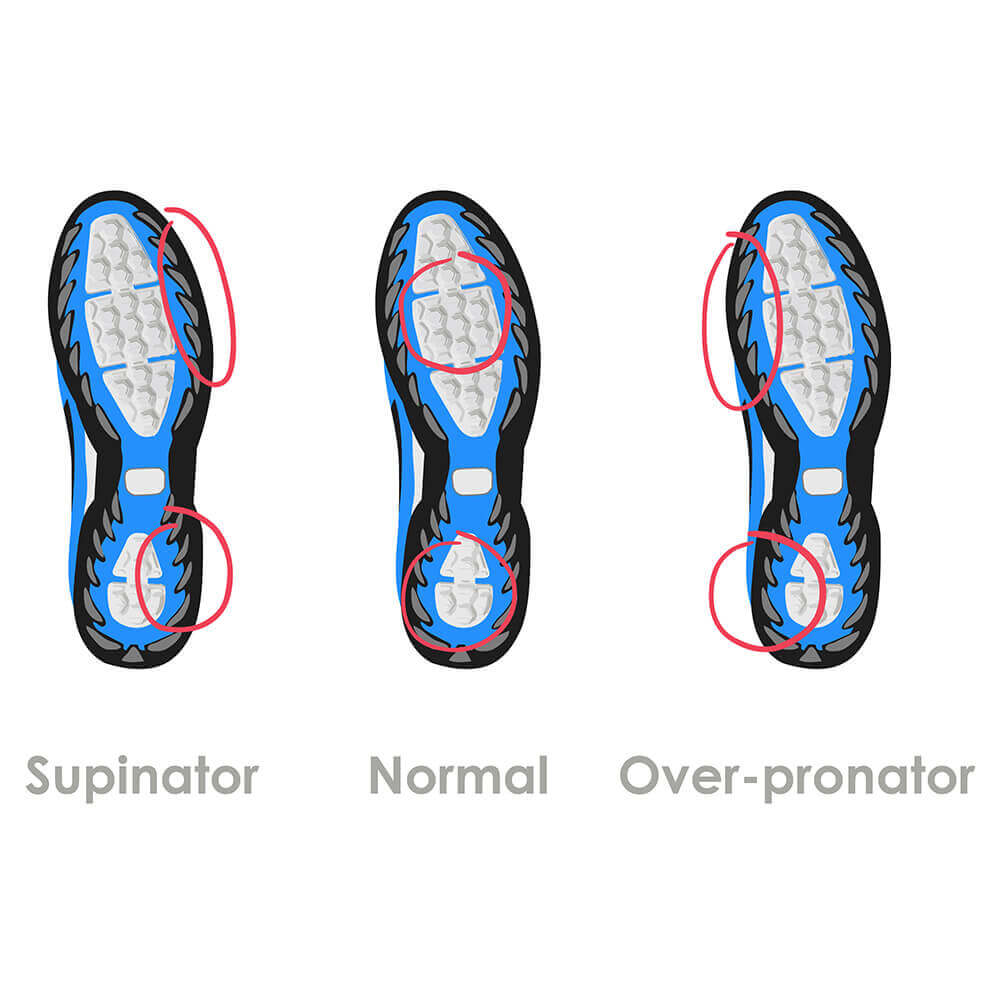
A normal strike, also known as neutral pronation, is the most common among runners. After the heel hits the ground, the foot naturally rolls inward.
An overpronation strike is a little less common and happens when the foot’s natural inward roll is exaggerated. If you aren’t wearing the type of shoes with this kind of strike, it can actually lead to stress on the knees and joints. Runners that have an overpronation shoe strike need shoes with stronger stability and motor control.
Lastly, an under-pronation strike, also known as supination, is caused by outward rolling of the foot when landing on the ground. This causes shoes to have an outer wear on the sides of the shoes. People that have a under-pronation shoe strike also need shoes with strong stability.
Now that you have an idea of what kind of shoe feels comfortable, you can now determine which running shoe is best for you. Running shoes are important simply because of this – each individual is different. It’s important to understand the personal preference between comfortable and uncomfortable shoes.
Interestingly enough, some runners swear by the idea of running barefoot. They believe that the padding can actually provide stress to the joints. Understanding this leads people to purchase minimalist running shoes.
What’s the Difference Between Minimalist & Maximalist Running Shoes?
There were two products that a small minority swear by: maximal and minimalist running shoes. Maximal shoes come with excessive stability, while minimalist shoes is like running barefoot.
People are fully convinced that these kinds of shoes help their training. However, studies say the complete opposite. When you look at the facts, the truth reveals itself.
What do Studies on Maximal & Minimalist Running Shoes say?
One study shows that maximal running shoes increases “leg stiffness and amplifies impact loading”. Of course! With all that cushioning in your foot, it’s going to feel like you’re running in flat power lifting shoes! As a matter of fact, a study at Oregon State University found that a first-time user can actually be more likely to get an injury just by wearing them!

Several studies on minimalist shoes have also shown that they just aren’t worth getting. One study even showed that having minimalist shoes also increases the likelihood of experiencing an injury.
Both of these running shoes don’t work. You can train without them.
However, if you use these frequently, continue what you’re doing.I’m a firm believer in “trusting your body”. Everyone has their own preference. So, you have two options. Your first option is to get either of these specialty shoes and risk developing an injury. Your second option is sticking to what is safe and proven, and using that to beat your competition. Simple enough right?
What Should I Do Next?
- After defining your goals, you should get to know your body. Observe the wear and tear on your existing shoes. Is it prominent? Use the graph to your advantage.
- Determine your shoe strike, and begin doing your research. You can check out our articles to give you the full reviews on our favorite shoes.
- Grab yourself a new pair of running shoes – because you know their importance and how it will change your training forever.

